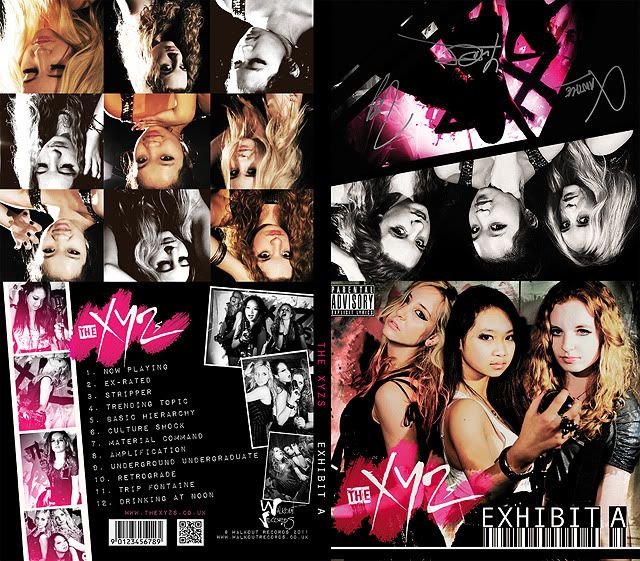Sunday, 10 July 2011
Task 3: Re-Editting the Music Video for Everybody Get Up
For the re-edit task we had to work with someone who we hadn't worked with before, so for this reason I worked with Sam. The task required us to look at the original music video and then using the different footage, edit the clips back together. The task was actually quite hard in some cases and much more time consuming that expected. This was because we would put the clips in and think they are right, but then later looking frame by frame, we would see quite a few clips were one or two frames out. This then meant that we had to shift and cut some clips by a few frames each time, which took a long time.
From this task we realised that editing is one of the main parts of making a music video, and the most important. There were actually only a few shots, but so many cuts, each shot lasting for only a few seconds.
That was the most important thing I learnt from this task I think; how there are so many cuts needed to make a choppy, fast paced music video to match a song.
From the video above we can see that the majority of the video comprises of the backwards tracking shot, where Abs is rapping straight into the camera. This shot is referred back to almost every other shot, as this shows the artists and creates an artist identity. As Jake Wynne told us before, a music video acts as an advert, advertising the artist and their music, so creating an artist identity is extremely important. This use of this shot multiple times also shows repetition, another key convention used in music videos.
Another thing I learnt from this task was the fact that all continuity rules used in film and tv and broken. Many of these shots are cut from a LS to a CU or a VLS to a MS. This editing would look strange and uneasy on the eye if it was in film, but looks and feels right for a music video, as this is a typical music video convention. This jumping in and out by the camera creates excitement, reflecting the song being played.
However, as we can see from the second chorus, this rule of jumping in and out is broken again, as all shots here are very similar. All the shots are VLS's, just changing slightly from different angles. Although jumpcuts should look strange, I think it works in this case. It shows the whole crowd in every shot, showing how everybody is 'getting up' and dancing, reflecting the lyrics and meaning of the song. So although it is a convention to cut from contrasting shots, I learnt that in some cases it is also fine to edit from similar shots.
Finally I learnt that it is useful to use cutaways in a music video, as in many music videos, there is a lot going on. Using cutaways does not only act as a break or pause from the main action, but also shows how other scenarios are also going on, adding extra layers and interest into a video.
Subscribe to:
Post Comments (Atom)


No comments:
Post a Comment